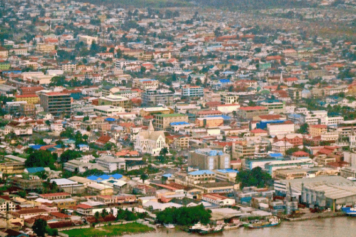The International Monetary Fund (IMF) says Guyana recorded another year of robust growth in 2011 supported by favorable external conditions, including rising foreign direct investment and low inflation.
The Washington-based world financial body is predicting that the country’s economic growth for 2012 will be in the vicinity of 3.7 per cent.
The IMF says the political situation, though largely stable, following the general elections in November 2011, has become more complicated.
But investor interest has remained strong and confidence generally positive.
It said in 2011 output expanded by 5.4 per cent, thanks in large part to the increased activity in the gold, agriculture and services sectors. The IMF said the 12-month inflation was 3.3 per cent last year, reflecting pressures from higher food prices later in the year.
The current account deficit weakened somewhat from 9.9 per cent of gross domestic product (GDP) in 2010 to 13.6 per cent last year due to a surge in oil and capital goods imports as a result of higher international oil prices and stronger investment.
Foreign direct investment financed most of the current account deficit with gross reserves remaining comfortable in 2011 though falling from 5.3 months of imports at end of 2010 to 4.3 months of imports at end of 2011.
Public debt remained stable at 65 per cent of GDP and the IMF said that last year the overall fiscal deficit widened to 4.4 per cent of GDP from 3.6 per cent in 2010, falling short of the target of 3.5 per cent of GDP.
This slippage was due to the combined effect of an eight per cent wage increase to public sector workers in November 2011, lower excise fuel tax revenues used to cushion the impact of higher international oil prices and losses in public enterprises and the increase in the tax thresholds for personal income taxes, the IMF said.
Guyana remains one of the poorest countries in the Western Hemisphere with a per capita GDP of only $4,700 as of 2006.

